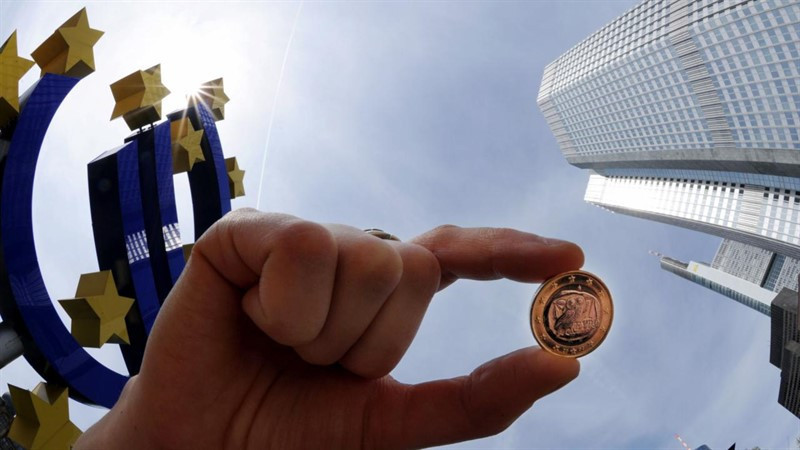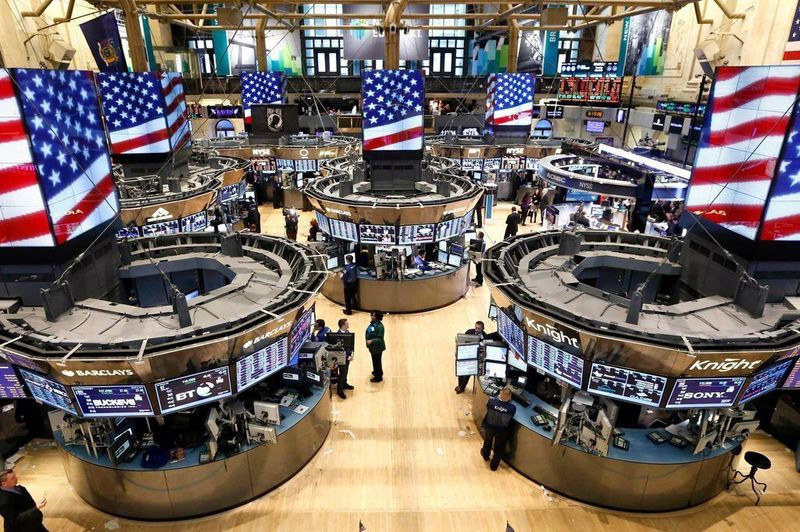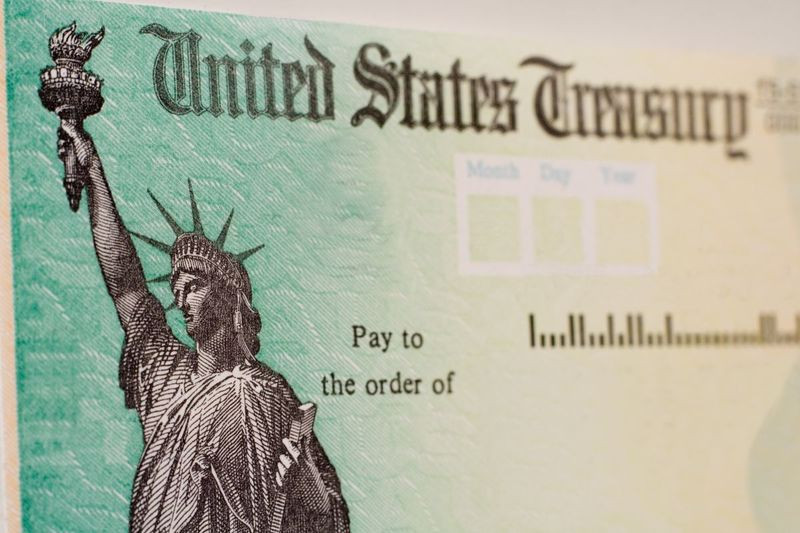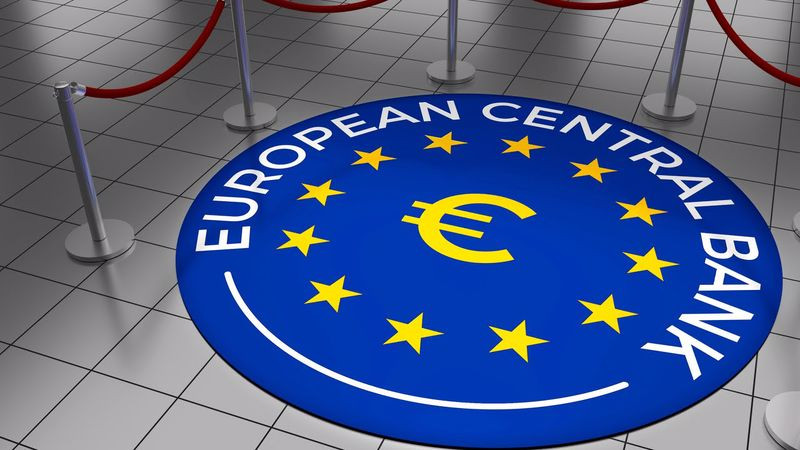
The euro has fallen 6% against the dollar this year, driven in large part by expectations of aggressive tightening from the Federal Reserve.
Concerns in this regard have also led to a drawdown of the S&P index by more than 14% from the January peak.
The prospects for the single currency became so bleak that it fell to $1.0350 in the middle of last month and there was much talk of parity with the dollar.
However, after the greenback reached a peak level on May 13, traders became more cautious about the USD as speculation began to gain momentum that the Fed could take a break after raising a key half-point in June and July to study the impact of these steps to the highest inflation in 40 years.
Meanwhile, the European Central Bank has signaled that it intends to start raising interest rates this summer, opening the door for hedge funds to replenish euro reserves.
In the week to May 31, hedge funds increased their net long positions in EUR to a three-month high, according to data from the US Commodity Futures Trading Commission (CFTC).
The reduction in investment demand for the dollar, as well as talk about how much the ECB could raise rates in response to record inflation in the eurozone, allowed the single currency to bounce off a five-year "bottom" and recover to a monthly high near $1.08.
The EUR/USD pair closed May with an increase of almost 2%, demonstrating its first winning month this year.
The S&P 500 index, which fell into the bear market zone on May 19, having rolled back more than 20% from its last peak, also ended the past month in positive territory. This allowed the index to break the seven-week series of falls.
U.S. equity funds have shown a weekly outflow since April 7, which in May was stimulated not only by the fall in quotes, but also by the fact that the S&P 500 stayed below 4274 points. This, according to Bank of America estimates, is the average entry point into the market of $1.1 trillion that has come in since the beginning of 2021.

The S&P 500 finished last month at around 4132 points, while earlier in the moment it fell to 3810 points.
Investors took a positive view of the fact that the core index of spending on personal consumption of Americans, one of the key indicators of inflation for the Fed, fell to 4.9% in April from 5.2% recorded in March.
This gave rise to hopes for an easing of inflationary pressures in the country and forced the greenback to retreat even further from the peak levels since December 2002 at 105.00 points on May 13, which the EUR/USD pair did not fail to take advantage of, jumping to five-week highs around 1.0786.
However, the respite for risky assets was short-lived.
Strong US employment data released late last week reinforced bets that upward price pressures will last longer, leaving faster increases in borrowing costs on the table.
Armed with this idea, the dollar bulls perked up. The USD index ended the last five days near 102.19, which is 0.9% higher than the five-week lows reached earlier in the 101.30 area.
After the release of US economic data, which confirmed investors' opinion that the Fed will continue the rapid tightening of monetary policy, Wall Street's key indices fell sharply on Friday. In particular, the S&P 500 fell more than 1.5% to 4108.54 points.
Thus, after only one week of rebound, which interrupted the longest series of falls, the main US indices again swung downward.
At the same time, a strong US employment report in May helped the dollar record its first weekly gain in three weeks (by 0.47%).
Meanwhile, the EUR/USD pair ended the past five-day period in negative territory, down more than 0.6% from monthly highs.
"The dollar strengthened and the US stock market faced difficulties. It's almost a mirror image of what we saw a week earlier when there was talk of a possible pause in the Fed's tightening cycle," National Australia Bank strategists said.
"As far as the euro is concerned, it pretty much did everything it could in the run-up to the June ECB meeting because a lot is already priced in," they added.
At the start of the new week, the greenback was able to extend Friday's growth, increasing by 0.26% on Monday. To maintain the strength of the US currency against its competitors helped increase the yield of US Treasury bonds.

The day before, the indicator for 10-year treasuries for the first time since May 18 exceeded the mark of 3%.
US stock indices, which started trading on Monday with a confident rise, reduced their growth rates amid an increase in UST yields and retreated from session highs at the close.
Thus, the S&P 500 rose by 0.31% to 4121.43 points, while in the course of trading it rose to 4163 points.
Investors are still focused on inflation and higher interest rates in the US.
The Fed will need to raise its benchmark interest rate to just 3% to curb inflation, according to a recent survey of economists at major North American banks by the Association of American Bankers (ABA).
The consensus forecast is that the current cycle of rising borrowing costs in the United States will end next year, with the first rate cut coming in the fourth quarter of 2023.
"We think that by the end of next year we will see results sufficient for the Fed to be able to take their foot off the brake pedal. It looks like the central bank will be successful in slowing inflation down to more manageable levels for the foreseeable future," Wells Fargo said in a statement.
In the meantime, concerns continue to hover in the air about overly aggressive moves by the Fed that could harm the economy.
It should be recognized that the expected growth rate of the rate, according to FOMC forecasts, up to 3% by 2023 is not particularly critical for both the US stock market and the national economy.
However, it is difficult to predict what inflation will be in the medium and long term.
Investors fear a repeat of the 1970s, when the Fed raised interest rates to 21.5% to ease inflationary pressures, and in so doing sent the economy into two short-lived recessions accompanied by falling GDP and rising unemployment.
Only time will tell how justified these fears are.
"The Fed is serious about bringing inflation down, and until they see meaningful progress towards their target, it looks like aggressive rate hikes are on the table," Western Union said.
Wall Street will need to wait for at least a couple more inflation reports before anyone can say with certainty when the Fed might change its course of tightening, experts say.

There is some optimism that China is gradually lifting coronavirus restrictions, thereby easing pressure on supply chains.
In addition, politicians in Washington are considering removing some tariffs on Chinese goods in order to ease inflation.
The catch, however, is that as China's economic activity recovers, so does energy demand, pushing up commodity prices.
At the same time, the leaders of the Fed can do little to reduce energy prices, even with the fall in consumer demand, which the central bank intends to achieve.
"As inflation is at a high level and commodity prices continue to rise and reach new all-time highs, it is possible that the peak of inflation is still in the foggy future," said Kingsview Investment Management strategists.
Fresh data on changes in consumer prices in the US will be published on Friday.
Core inflation, which excludes volatile energy and fuel prices and is the Fed's preferred target, is expected to be 5.9% year-on-year, down from 6.2% the previous month. This would mark the third month of consecutive declines and lead to core inflation possibly peaking.
In the meantime, high inflation figures would fuel expectations of aggressive tightening by the Fed and likely put an end to last month's rumors that the Fed would take a break from raising interest rates at its September meeting.
Markets have priced in a consistent 50 basis point Fed rate hike in June and July, but uncertainty about what happens after that limits the growth of the US currency and provokes fluctuations in US stock indices.
On Tuesday, the USD index rose to a two-week high above 102.80, but then corrected to 102.40.
Key Wall Street indices started trading lower today, after which they returned to positive territory, adding about 0.5% on average.
The EUR/USD pair is also swinging on the waves of uncertainty in anticipation of the next ECB meeting, which will be held on Thursday.

"While the ECB cannot afford to be as aggressive as the Fed when it comes to policy normalization, rate hikes are needed to send a signal to markets that something is being done to curb inflation. The first increase may occur as early as July, and the second half of the year may provide some support for the euro," said National Bank of Canada analysts.
"Nevertheless, we remain cautious, as the growth of the European economy in the second quarter, apparently, was constrained by the geopolitical background. Conditions in the eurozone are likely to remain challenging for some more time, which could limit the European Central Bank's room to maneuver," they added.
On Thursday, the ECB will make an important decision on the rate, but after the announcement of the verdict, the EUR/USD pair will fall to the 1.0650 area, Scotiabank strategists say.
"The bar for a hawkish surprise from the ECB is set high this week as markets may be overestimating the speed and extent of the tightening the central bank will roll out this year. The euro is more prone to weakening to the $1.0650 area and to the $1.0600 round mark than the rally after the ECB decision this week," they said.
Money markets are forecasting a 100 bp hike in eurozone rates by October and by 125 bp by the end of the year.
"If the US CPI report on Friday beats forecasts, it will support expectations for a Fed rate hike and could lead to further losses for the euro. In order for the single currency to resume its upward trend and possibly break above $1.08, we believe that ECB President Christine Lagarde should make it clear that the central bank is ready to act more aggressively in order to contain inflation, namely to raise rates if necessary by 50 bp," Scotiabank said.
The key support for EUR/USD is in the area of 1.0680 (the Fibonacci retracement level by 23.6%). The pair dropped below this level on Tuesday, but then managed to rise above it. If 1.0680 does turn into resistance, 1.0660 (100-day moving average), 1.0620 (38.2% Fibonacci retracement level) and 1.0600 (200-day moving average) may come into play.
On the other hand, initial resistance lies at 1.0700, followed by 1.0720 (50-day moving average) and 1.0760.





















